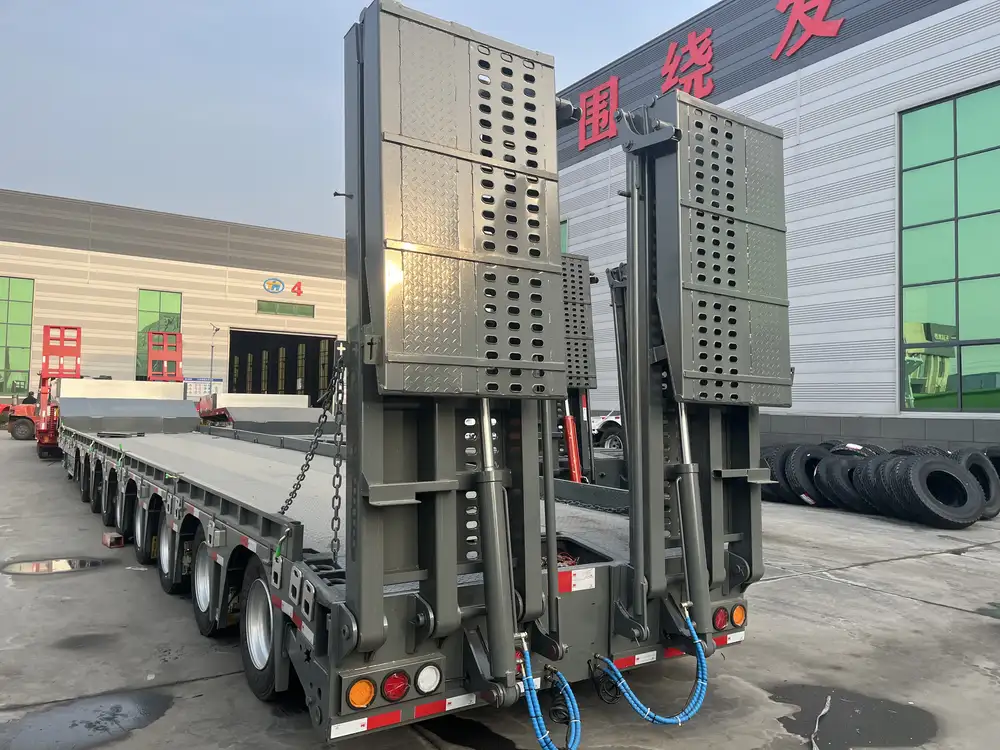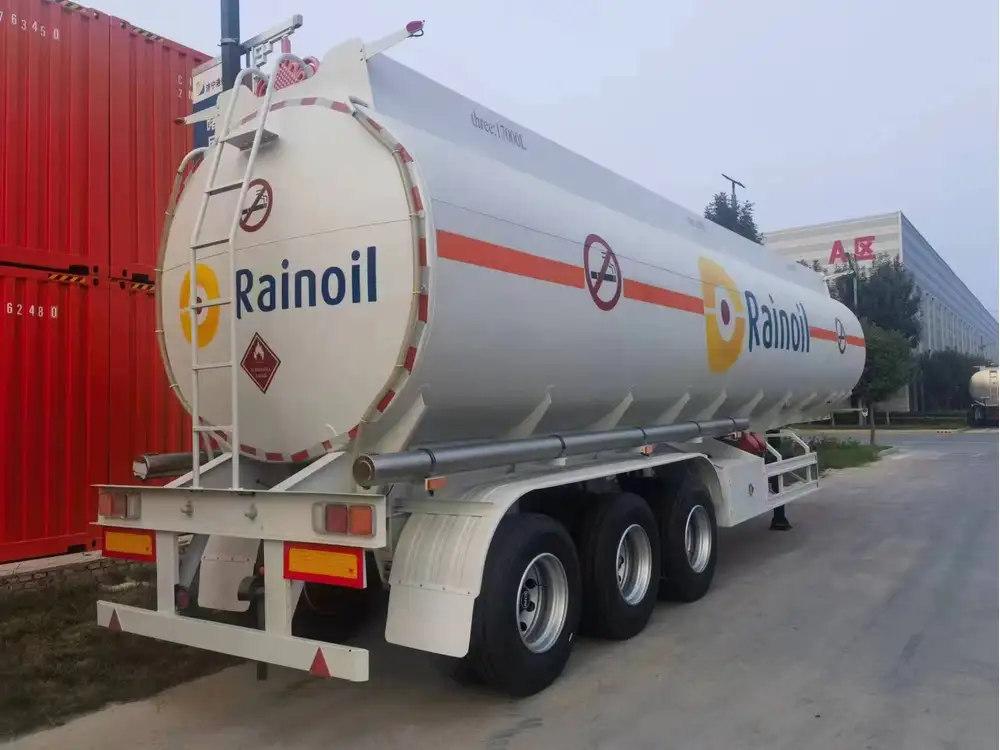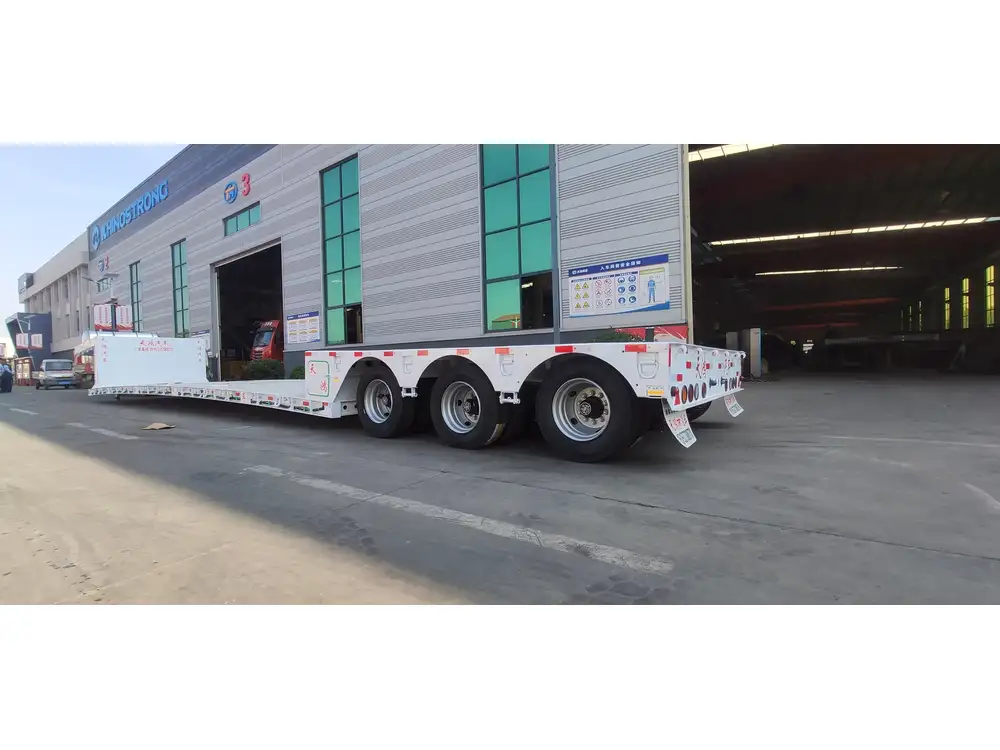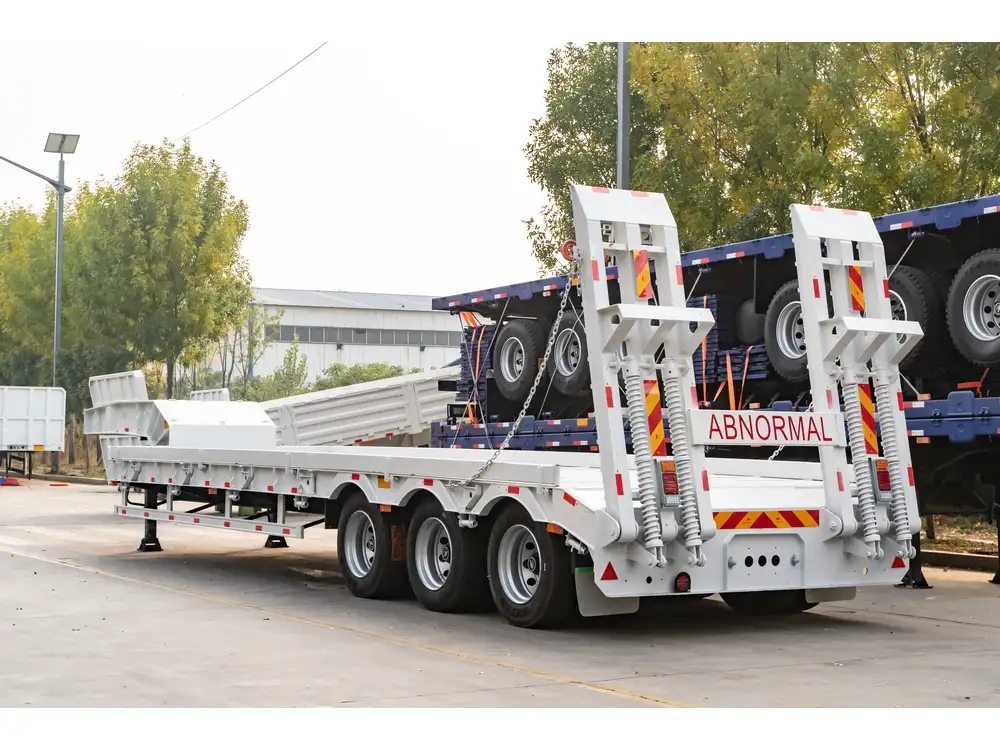Transporting a fish tank requires careful consideration, especially when it comes to the size and type of semi-trailer needed for the job. The query “how big of a fish tank can a trailer hold” encompasses various factors related to the dimensions of both the fish tank and the trailer, as well as the weight distribution and regulatory guidelines. In this comprehensive guide, we will dive deep into the critical details revolving around this topic that will enhance your understanding and decision-making process.
1. Factors Affecting Fish Tank Transport Capacity
When contemplating the transport of a fish tank in a semi-trailer, several important factors come into play. These factors can dramatically influence what type of fish tank can be successfully moved using a specific trailer.
Table: Key Factors Influencing Capacity
| Factor | Description |
|---|---|
| Trailer Type | Variations among flatbed, enclosed, and lowboy trailers can limit or enhance capacity. |
| Tank Dimensions | Length, width, and height of the fish tank play a crucial role in capacity determination. |
| Weight Limits | The weight of the tank, water, and any additional equipment must be considered. |
| Distribution | Proper weight distribution is crucial to maintain trailer stability during transit. |
| Local Regulations | Different states have varying regulations regarding transportation weight limits. |

2. Types of Trailers Best Suited for Fish Tank Transportation
Understanding the types of semi-trailers available can help us gauge which would be optimal for transporting fish tanks of various sizes.
2.1 Flatbed Trailers
Flatbed trailers are versatile and commonly used for carrying loads that require easy loading and unloading. They lack sides and a roof, thereby allowing for bigger payloads. Flatbed trailers can hold larger fish tanks but require careful securing during transport.
Advantages:
- No height restrictions
- Easier access for loading/unloading
- Suitable for oversized items

Disadvantages:
- Vulnerable to environmental factors
- Requires proper strapping to prevent movement
2.2 Enclosed Trailers
Enclosed trailers provide better protection against environmental elements such as rain and wind, making them ideal for transporting sensitive aquatic life.
Advantages:
- Temperature control possible
- Protection from the elements
- Lower risk of theft or damage

Disadvantages:
- Reduced accessibility for loading/unloading
- More expensive than flatbed options
2.3 Lowboy Trailers
Lowboy trailers have a lower deck height, which makes them suitable for transporting tall tanks or items that might exceed standard height restrictions.
Advantages:
- Lower center of gravity, enhancing stability
- Ideal for tall or bulky loads

Disadvantages:
- Limited in weight capacity compared to other types
3. Determining the Maximum Size of Fish Tanks for Transportation
Understanding the maximum dimensions of fish tanks that a semi-trailer can accommodate is essential. The following guidelines are useful for making these determinations.
3.1 Measuring Fish Tank Dimensions
It’s crucial to measure fish tank dimensions accurately before considering the type of trailer.
- Length: Measure from one end to the other of the tank.
- Width: Measure from side to side.
- Height: Measure from the bottom to the top.

3.2 Estimating Total Weight
To find out how much weight a semi-trailer can handle, we must also consider the total calculation of the fish tank when filled with water and any necessary equipment such as heaters or filters.
- Weight of Water: Water weighs approximately 8.34 pounds per gallon.
- Weight of Tank Materials: This varies significantly depending on the size and material (glass, acrylic, etc.).
Example Calculation:
- A 100-gallon tank (approx. 834 pounds of water) plus tank weight (say 150 pounds) totals about 984 pounds.
Table: Weight Calculations for Common Tank Sizes
| Tank Size (Gallons) | Weight of Water (lbs) | Weight of Tank (lbs) | Total Weight (lbs) |
|---|---|---|---|
| 50 | 417 | 100 | 517 |
| 75 | 625 | 120 | 745 |
| 100 | 834 | 150 | 984 |
| 150 | 1250 | 200 | 1450 |

4. Proper Weight Distribution in Semi-Trailers
Ensuring proper weight distribution within a trailer is not merely optional; it’s essential for safe transit.
4.1 Center of Gravity
The center of gravity of the fish tank must be considered as it can impact how the trailer will handle on the road. The heavier the load, the lower to the ground it should be positioned.
Techniques for Proper Distribution:
- Place the tank closer to the front of the trailer for better stability.
- Use additional securing methods, such as straps and braces, to prevent shift during transport.

5. Regulatory Considerations
Each state may have differing regulations on the maximum weight allowed for trailers on public roads. It is crucial to be aware of these laws to avoid fines or unsafe situations.
5.1 Maximum Weight Limits
Typical maximum weight limits for standard semi-trailers can range from 80,000 pounds gross vehicle weight. Exceeding this limit could potentially lead to damaging consequences, including:
- Fines: Financial penalties for overweight loads.
- Equipment Damage: Increased wear and tear on the trailer.
- Safety Risks: Greater likelihood of accidents caused by instability.
5.2 Permits for Specialized Transport
For especially large or heavy fish tanks, it may be necessary to obtain special transportation permits to comply with local regulations.

6. Preparing for Transport
Before hitting the road with a fish tank, certain preparations must be put into place.
6.1 Equipment Checklist
- Securing Straps: To keep the tank stable.
- Padding Material: To prevent scratches or breaks.
- Temperature Control Devices: If applicable, to maintain necessary aquatic conditions.
6.2 Pre-Transport Inspection
Conduct a thorough inspection of the tank and trailer to ensure no visible signs of damage that could compromise the safe transport of the fish tank.

7. Conclusion: Maximizing Efficiency in Fish Tank Transportation
Transporting a fish tank safely within a semi-trailer hinges on an intricate balance of understanding both the dimensions and capacities of the trailer, along with adherence to regulatory guidelines. By measuring tank dimensions accurately and ensuring proper weight distribution, effective preparations can be made to achieve a successful transport.
In summary, whether you’re dealing with a modest 50-gallon aquarium or an extravagant 300-gallon tank full of exotic fish, the key lies in meticulous planning and informed decisions to select the right semi-trailer. Understanding these nuances will not just facilitate a successful transport but also ensure safety for you and your aquatic cargo.
Final Thoughts
Should you have any additional queries regarding the specifications or recommendations for transporting fish tanks in semi-trailers, please feel free to connect with us. Our team is equipped to provide tailored solutions that align with your specific transportation needs, ensuring your aquatic endeavors achieve the highest levels of success.



